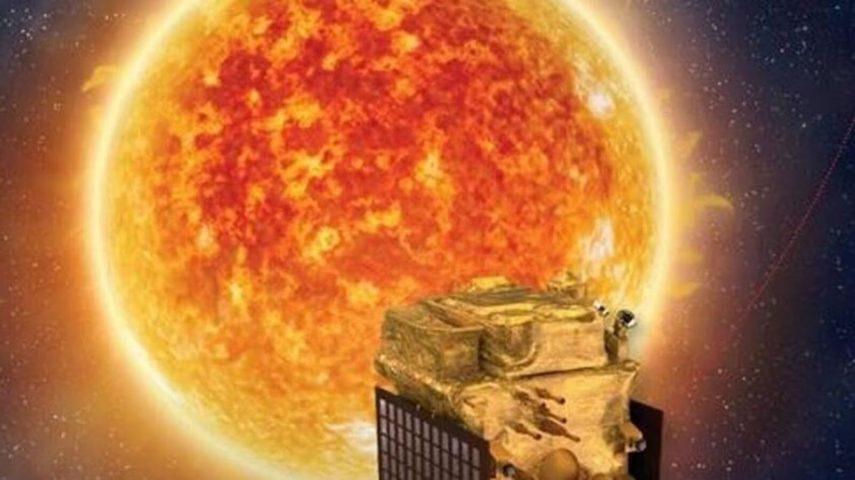The Indian Space Research Organisation (ISRO) is set to embark on a groundbreaking space mission, Aditya L-1, designed to unravel the mysteries of our closest star, the Sun. Scheduled for launch from the Satish Dhawan Space Centre in Sriharikota on Saturday, September 2nd, at 11:50 am, this mission promises to shed light on the enigmatic solar processes that impact our planet and the wider cosmos.
Aditya, the mission’s name, pays homage to Surya, the Hindu god of the Sun. In Hindu mythology, Surya represents the life-giving force and the source of light and energy. This choice of name underscores the mission’s quest to uncover the Sun’s secrets, as it aims to traverse the intricate realms of our star.
L1: A Cosmic Sweet Spot
The “L1” in Aditya L-1 stands for Lagrange point 1, a celestial location nestled precisely between the Sun and Earth. Lagrange points are regions where the gravitational forces of two massive objects, in this case, the Sun and Earth, balance each other, allowing a spacecraft to essentially “hover” in place.
Unveiling the Objectives of Aditya L-1
Aditya L-1 is a pioneering mission, primarily focused on expanding our understanding of the Sun and its far-reaching influence on our solar system. The mission’s key objectives are:
1. Exploring the Chromosphere and Corona
Aditya L-1 aims to delve into the upper atmospheric layers of the Sun, namely the chromosphere and the corona. The corona, the outermost layer, and the chromosphere just below it are areas of great scientific interest.
2. Studying Coronal Mass Ejections (CMEs)
This mission will closely observe coronal mass ejections (CMEs) – colossal eruptions of plasma and magnetic fields from the Sun’s corona. Understanding CMEs is essential as they can disrupt satellite communications and power grids on Earth.
3. Analyzing the Solar Corona’s Magnetic Field
Aditya L-1 will examine the magnetic field of the solar corona, aiding in comprehending the driving forces behind space weather phenomena, which have significant impacts on Earth’s magnetic environment.
4. Deciphering the Solar Corona’s Temperature Mystery
One of the Sun’s intriguing mysteries is why its corona, although not visibly bright, blazes at temperatures exceeding a million degrees Celsius, while the Sun’s surface remains at around 5,500 degrees Celsius. Aditya L-1 aims to solve this enigma.
5. Understanding Solar Wind Origins
By studying particle acceleration on the Sun, the mission seeks to elucidate the origins of the solar wind – the continuous flow of charged particles emanating from our star. This solar wind profoundly influences the Earth’s magnetosphere.
The Solar Perspective from Space
According to ISRO, the Sun emits a broad spectrum of radiation and energetic particles that can be harmful. Earth’s atmosphere acts as a protective shield, but it does not block all potentially harmful radiations. Understanding these solar emissions is crucial for safeguarding our technology and space assets.
With its ambitious goals and the promise of new insights into the Sun’s behavior, ISRO’s Aditya L-1 mission will not only contribute to scientific knowledge but also enhance our ability to predict and mitigate the impacts of solar activities on Earth and our technological infrastructure.



 Indian Olympic Medal Winners List Till N...
Indian Olympic Medal Winners List Till N...
 Who is the Inventor of the Gramophone?
Who is the Inventor of the Gramophone?
 HS Dhaliwal Appointed New DGP Of Andaman...
HS Dhaliwal Appointed New DGP Of Andaman...
